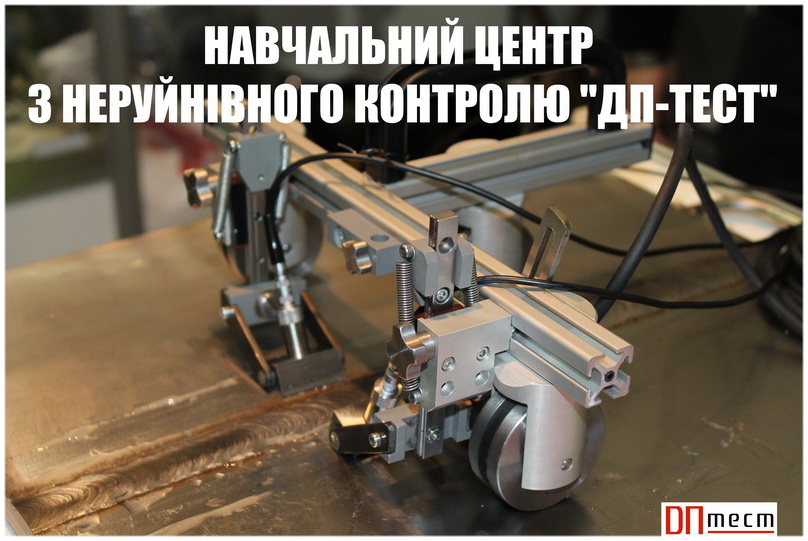The main text of master's thesis consists of four sections and is laid out on 96 pages. In the course of materials work writing 48 sources of scientific literature were processed.
Actuality of the work: lung diseases are one of the significant causes of mortality worldwide. Every day, radiologists face the task of diagnosing lung diseases by analyzing X-ray images of the patient's chest. The development of machine learning algorithms provides wide opportunities in the field of automation of solving biomedical tasks. The possible application of computer processing of X-ray images will increase the accuracy of image analysis, reduce the role of the human factor in decision-making, allow to evaluate the effectiveness of the use of therapy, qualitatively and quickly classify data from the images and generally improve the quality of people's lives.
The purpose of the work: automation of the process of analyzing X-ray images of patients' lungs for the presence of pneumonia using neural networks, which will increase the speed and accuracy of diagnosis by reducing the error caused by the human factor.
Task of the dissertation:
1. Analyze the current state of diagnosing X-ray images for the presence of pneumonia.
2. To conduct an analysis of existing systems and methods of image classification software development.
3. Develop software for classification of X-ray images.
4. Analyze the results of experimental studies
The object of research: the software process of machine learning in image classification.
Subject of research: methods of automated recognition of pneumonia on X-ray images.
Research advisor: O.Muraviov









